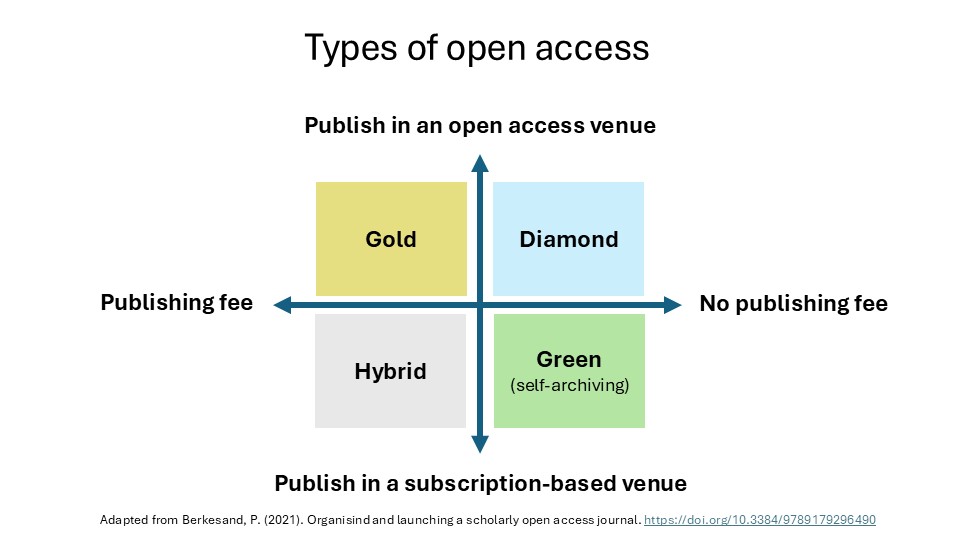Open access is a broad, international movement that aims for free, open, and permanent online access to scholarly outputs, such as publications, data, and educational resources.
A publication or other output is open access if there are no financial, legal, or technical barriers to accessing it – that is, anyone can read, download, copy, distribute, print, and re-use it, in accordance with its license. Open access differs from the subscription model, in which scholarly output is available only to those with a subscription (usually via libraries).
Peter Suber, one of the earliest thought leaders on open access, gave this definition.


